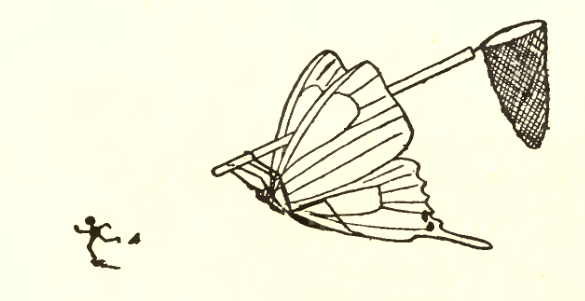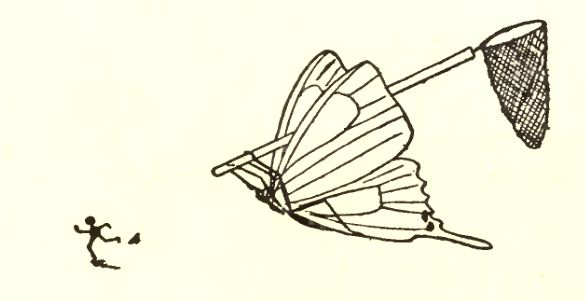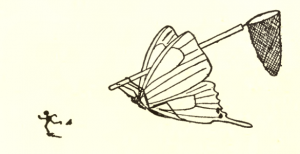 Last year, chemist Marcus Tius at the University of Hawaii saw a paper describing the synthesis of some organic compounds, and was “struck by the implausibility” of the reported structures. So he joined up with some colleagues to try to replicate the data.
Last year, chemist Marcus Tius at the University of Hawaii saw a paper describing the synthesis of some organic compounds, and was “struck by the implausibility” of the reported structures. So he joined up with some colleagues to try to replicate the data.
While Tius and his team were trying to repeat the experiment, however, in December 2017 the journal — Organic Letters — retracted the paper. The journal, published by the American Chemical Society, noted that the authors had not been able to produce crystal structures that confirm they had synthesized those compounds in particular. So Tius and his colleagues knew they couldn’t replicate the findings — but carried on their experiment anyway:


 Following a massive editorial protest,
Following a massive editorial protest, 

